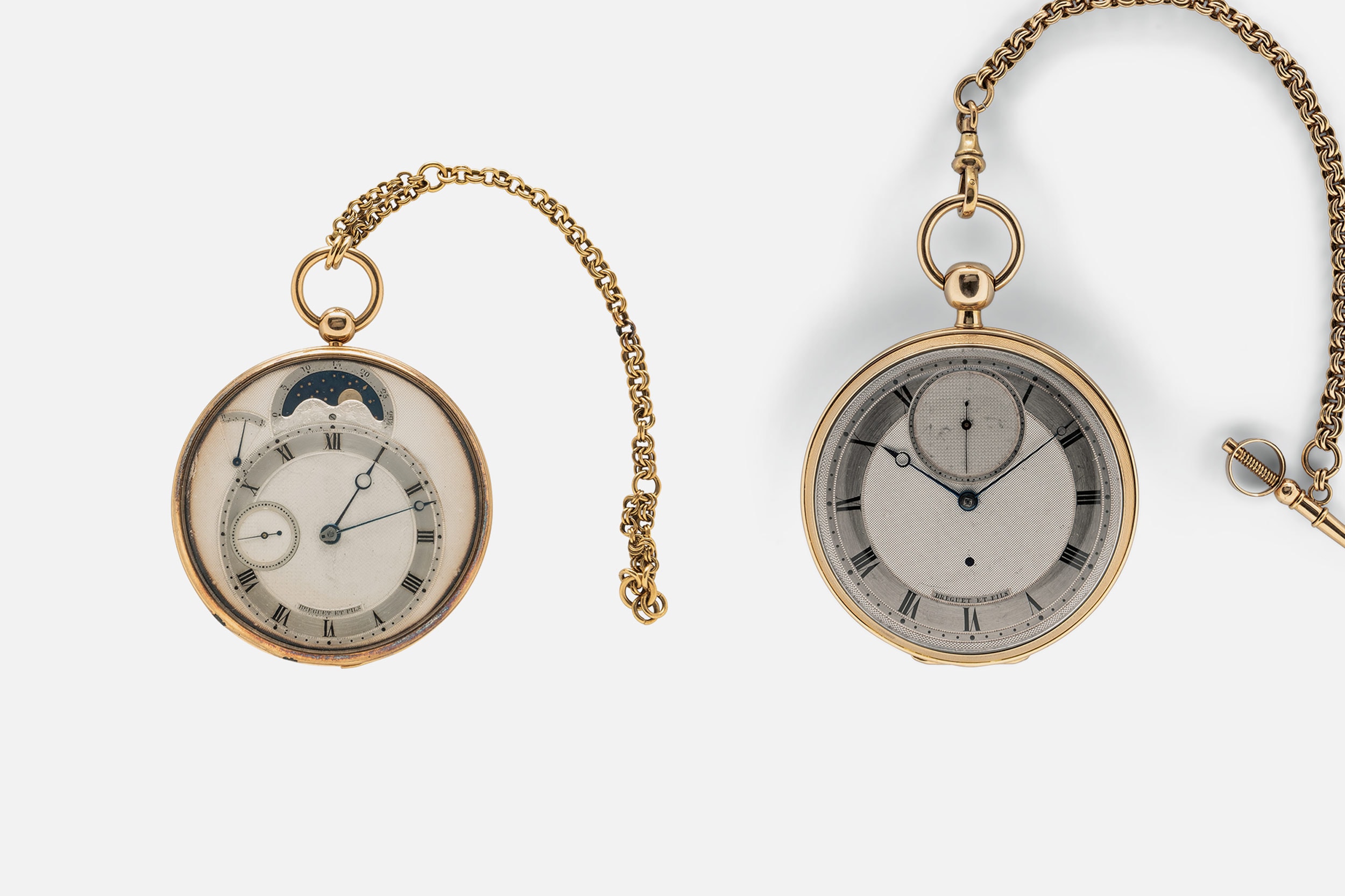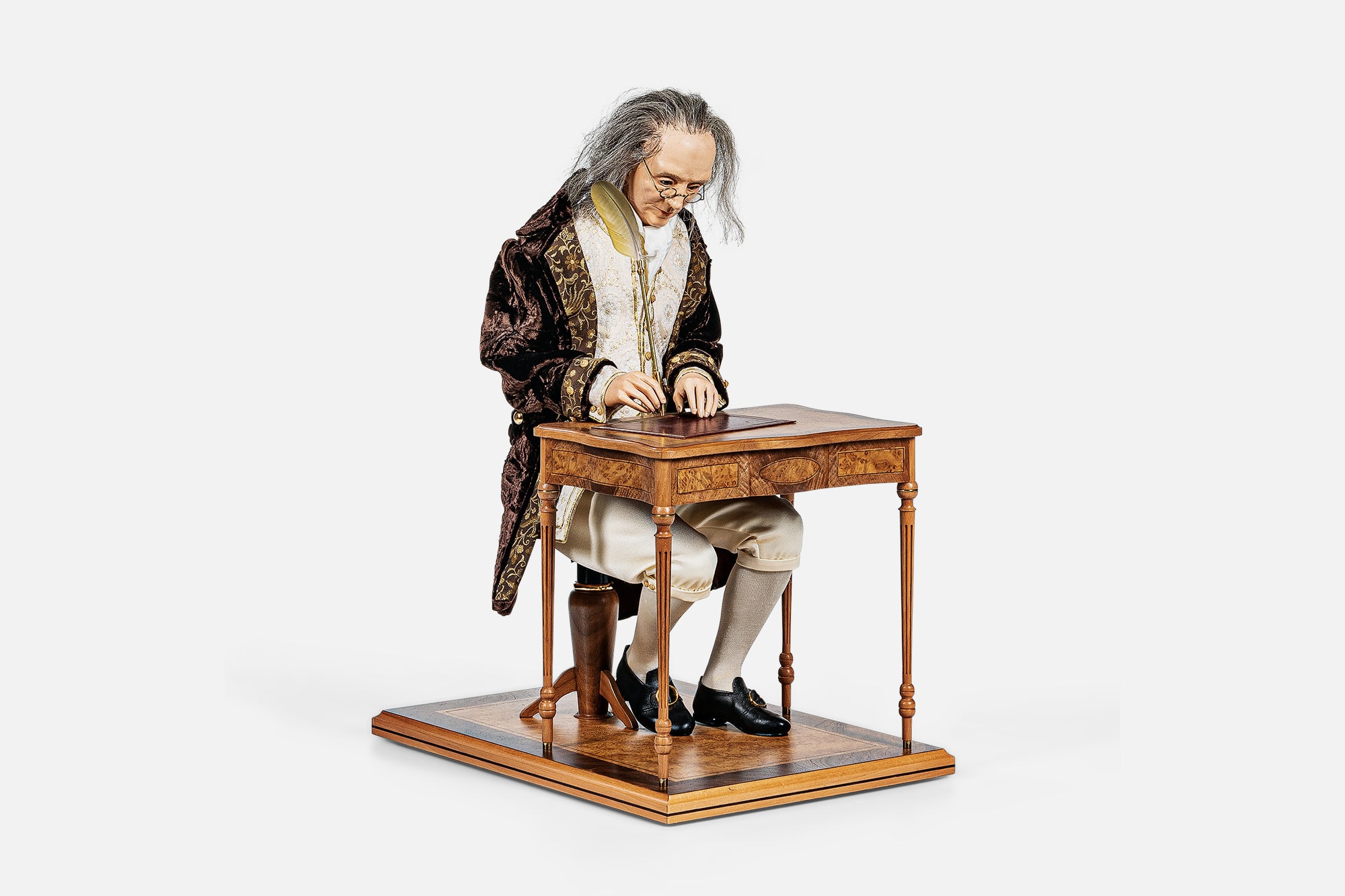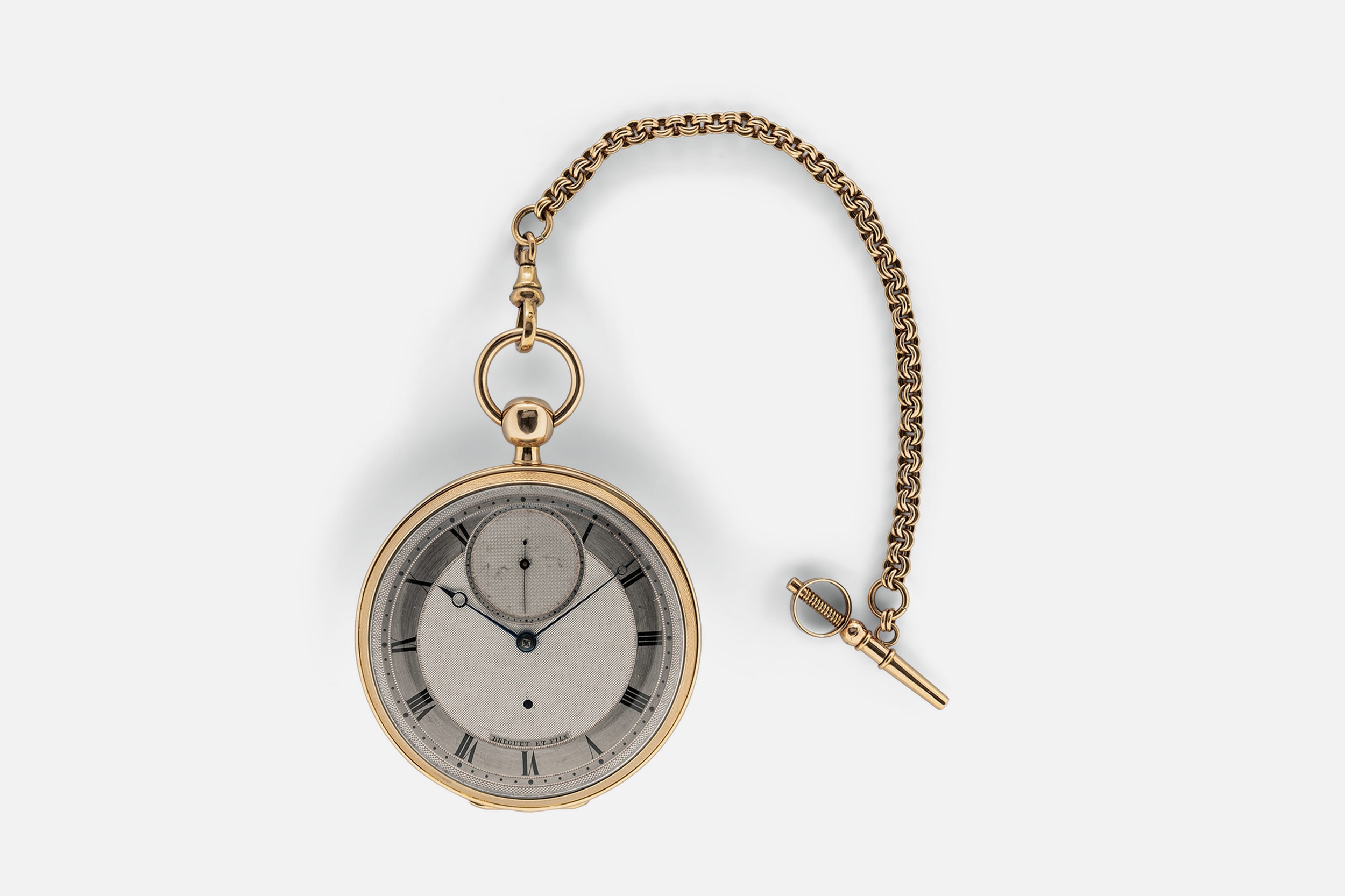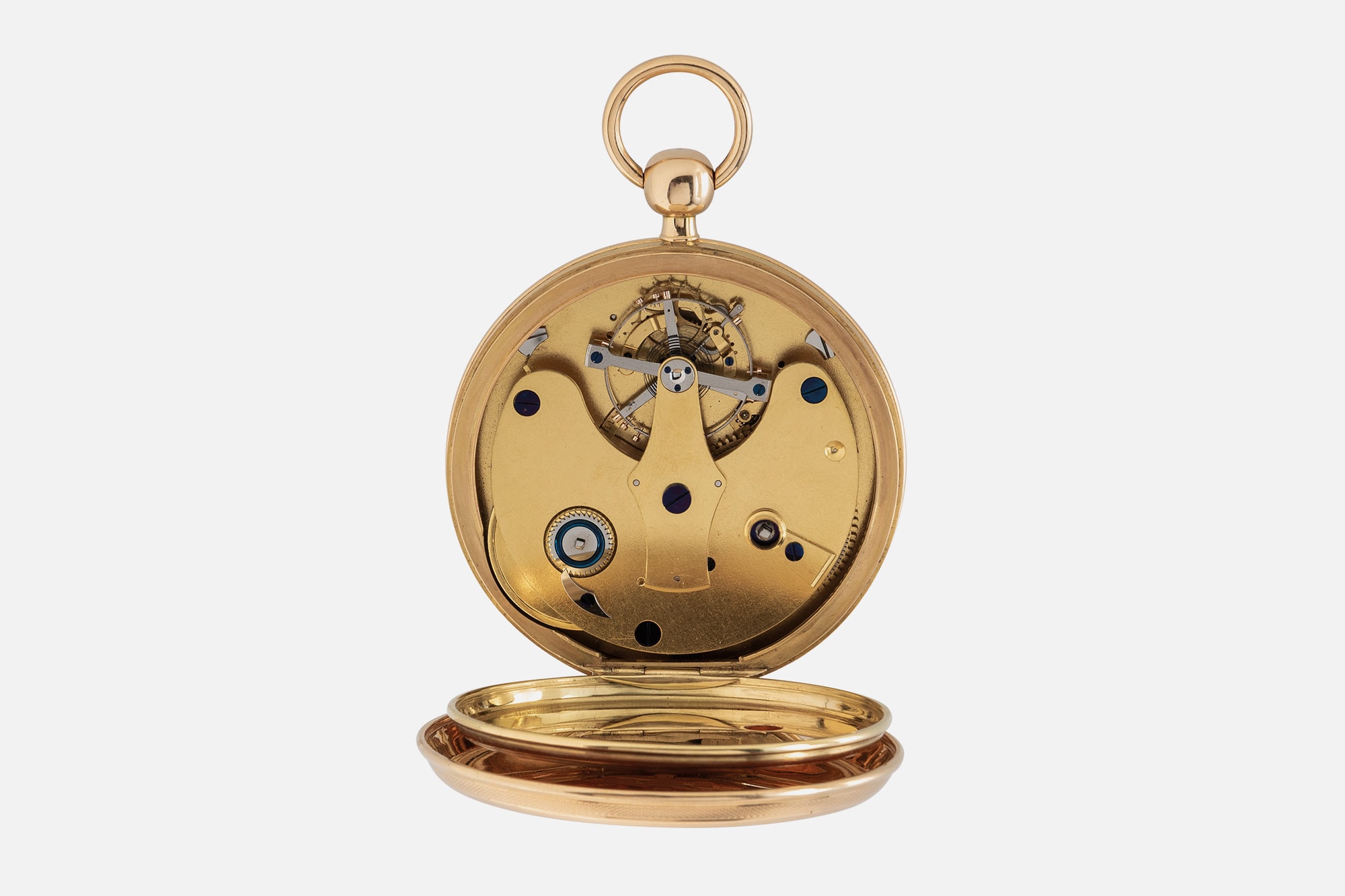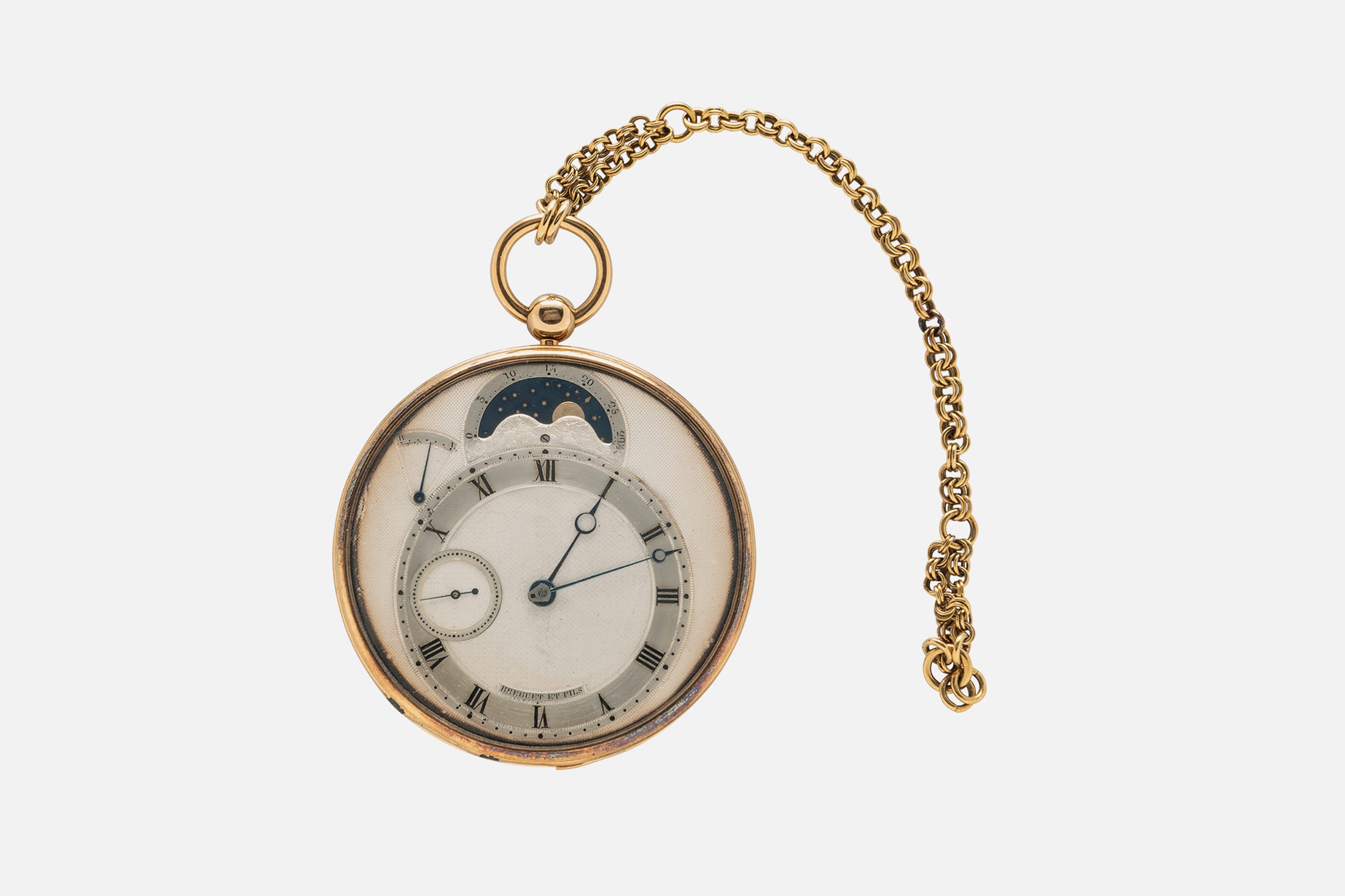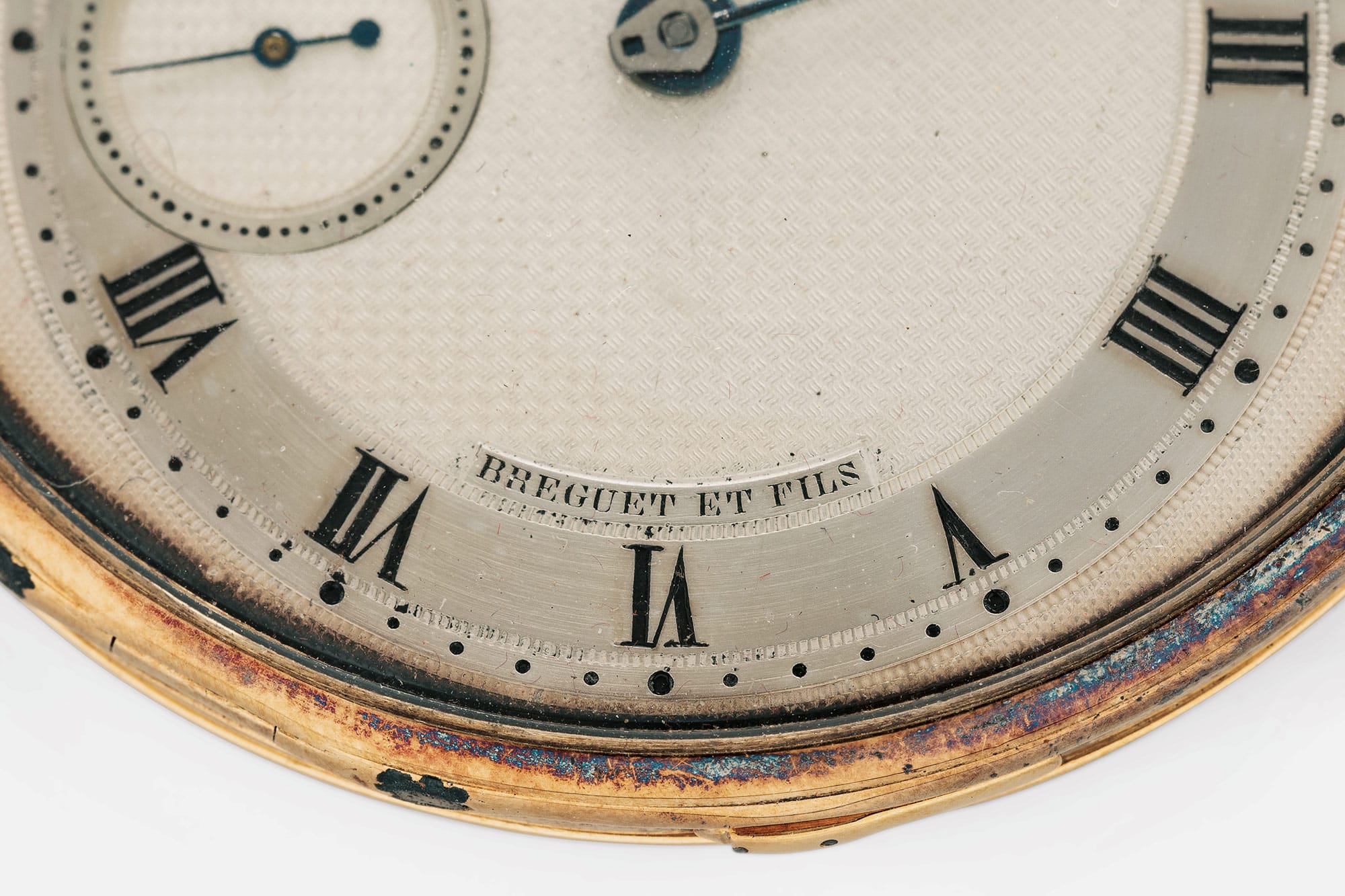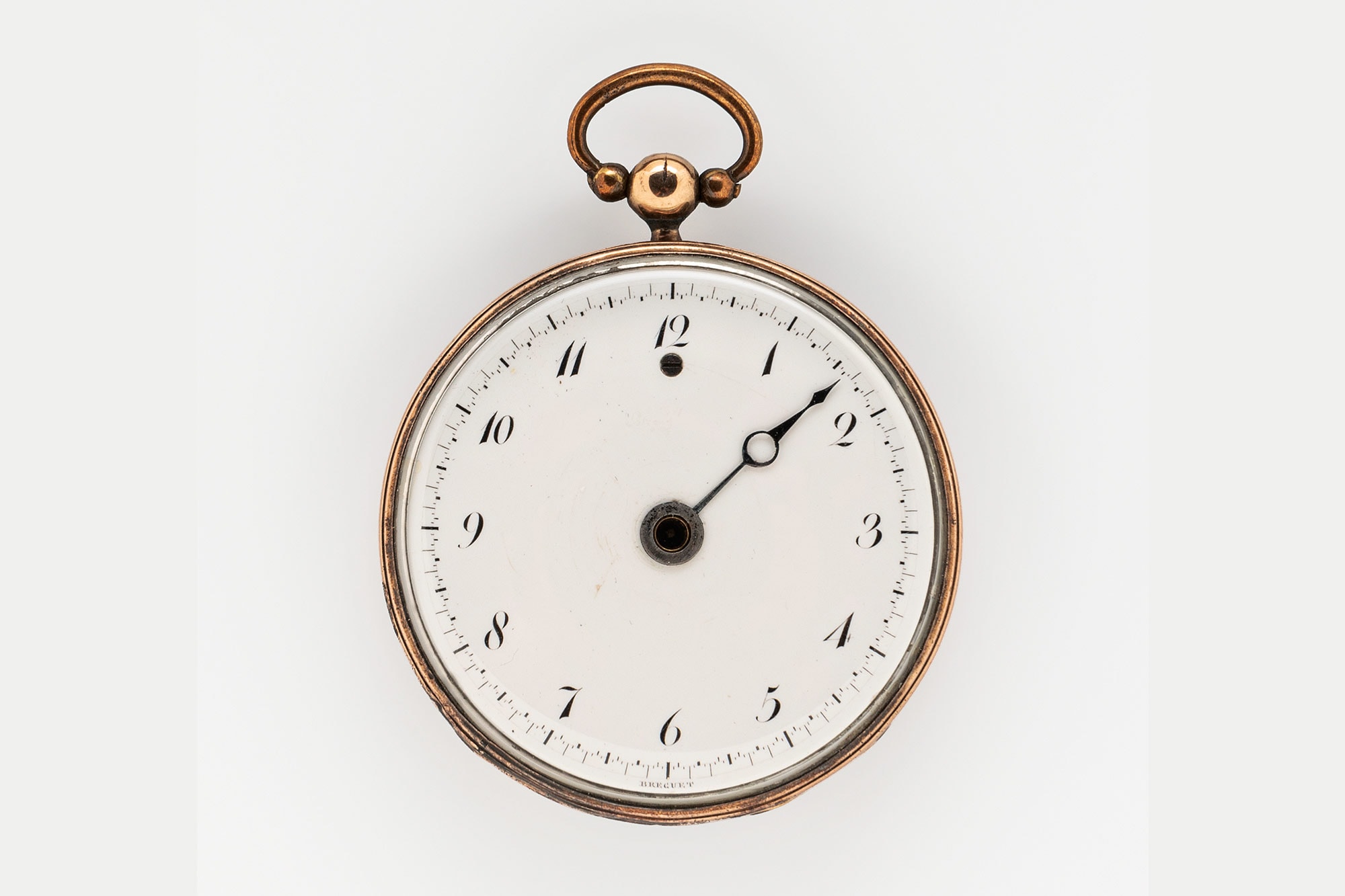Vintage watch lovers barely need a reminder, but we’re about to be squarely in the middle of the fall auction season. Phillips, Christie’s, and Sotheby’s demand most of the attention from the watch press, but they’re hardly the only auction houses that serious collectors will be looking at in the coming months. Case in point: Massachusetts based Skinner has a live sale set for October 22 that anyone interested in horological history (and in the pursuit of collecting) should check out. It features dozens of incredible pocket watches from a single, world class collector, and flipping through the auction’s catalog is like getting a crash course in 19th century watchmaking.
The watches in this sale come from the estate of David G Newsom, who spent decades acquiring some of the most horologically significant pocket watches he could get his hands on. Jonathan Dowling, who heads up Skinner’s clocks and watches department, explained to me that Newsom had a serious interest in both the engineering side of timekeeping and the technological advances that he field saw over the course of hundreds of years, as well as the artistic side – many of these watches are simply stunningly beautiful objects.
I had the chance to see these watches (as well as some other horological artifacts and clocks from the Newsom collection) on a recent visit to Skinner’s offices. Even for someone like me, certainly not a pocket watch enthusiast, the impression of seeing these timepieces collected together in one place is somewhat staggering. It truly represents the pursuits and taste of an individual, and it’s hard not to reflect on one’s own collecting when taking it all in.
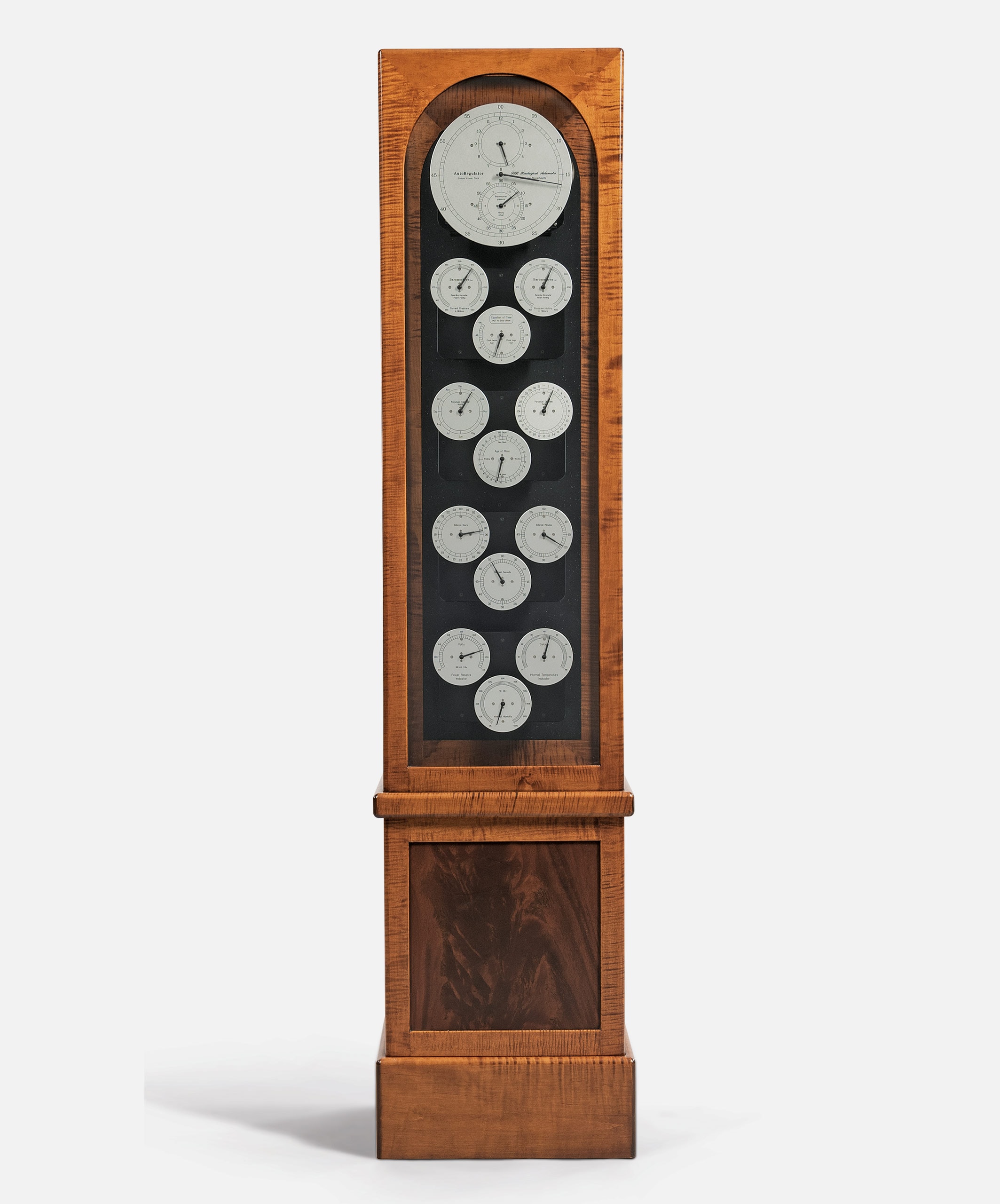









 Featured Videos
Featured Videos




